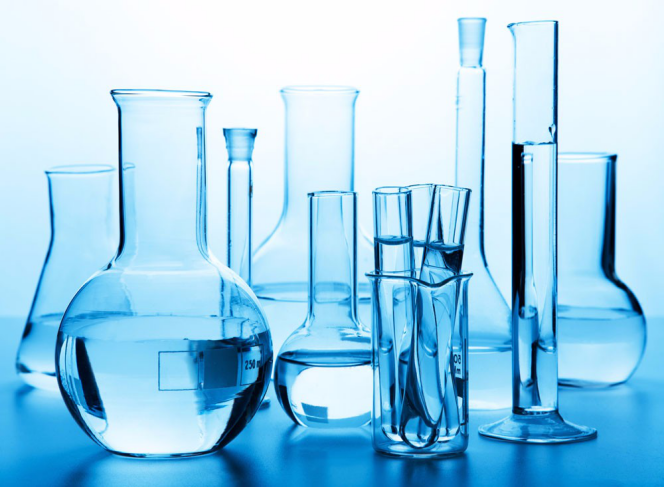After harvesting the seeds of the general medicinal materials, they can be directly sun dried, threshed, and collected; but some herbs should be applied to seed coats and fruits, such as wolfberry and cassia seeds; some must break the core and remove the kernels for medicinal purposes. , such as almonds, Suanzaoren, etc.; some will have to cook to destroy the seeds of the perishable, discoloration of enzymes, such as Schisandra, Ligustrum lucidum.
In order to maintain the bright colors and flowers of the flowers, the flowers should be placed in a ventilated place, dried or dried quickly after the harvest to maintain their rich aromas, such as safflower, acacia, honeysuckle, roses, rose flowers, etc. Very few flowers need to be steamed before drying, such as Chrysanthemum.
After the fruits of the fruit category are harvested, they can be directly dried or dried. However, medicinal materials that are large and difficult to dry, such as bergamot, lime, and papaya, should be cut first and then dried; herbs that use pulp or peel as herbs, such as mirabelles, tangerine peel, and hawthorn should be removed first. Or dry after peeling. There are a handful of herbs, such as ebony, which must be processed by baking, smoking, and other methods.
The hides are generally freshly cut into pieces or pieces after harvesting, and then dried and dried. However, after harvesting some species, fresh cork should be scraped off and then dried, such as paeonol, coriander, cork, etc. After harvesting, some bark herbs should be slightly hot with boiling water, and then The stacking is performed in a stacking manner to make it juice. When the endothelial layer turns brown, the cork is then scraped off by steaming, and then cut into filaments, pieces or rolls into a tube, followed by drying, such as cinnamon, honokiol, eucommia, and the like.
The whole grass and leaves should be dried or dried in a ventilated place after harvesting, especially herbs containing volatile essential oils such as peppermint, catmint, musk, etc., to avoid loss of active ingredients; some whole plants Medicinal herbs should be bundled into small bundles before they are dried, and then dried to dryness to avoid loss, such as basil and mint. Some fleshy leaves and herbs with high water content should be hot with boiling water before Drying, such as purslane, sage grass and so on.
After harvesting medicinal materials such as roots and underground stems, it is generally necessary to first wash the soil, remove the fibrous roots, reed heads, and residual foliage, and then classify the size, slicing into pieces or sections, and then drying or drying. Such as white peony root, salvia miltiorrhiza, achyranthes, forsythia, shoot dry, etc.; some succulent, high water content roots, bulbs herbs, such as Asparagus, one hundred, white and so on, should be slightly hot with boiling water, and then cut Drying or drying into pieces; for crude and hard-to-dried crude rhizomes, such as Scrophulariaceae, lettuce, etc., should be freshly sliced, and then dried; For dried hard to peel the herbs, such as Dan, Campanulaceae, Pinellia, peony, etc., should be freshly scraped cork; for those who contain starch, sap sauce enough herbs, such as Gastrodia, Rehmannia, Polygonatum, Wong Jing, fleece-flower root should be steamed fresh, and then sliced ​​and dried. Some species such as Radix et Rhizoma, Radix Codonopsis, etc., should be put into boiling water for a short time, followed by scraping, washing and drying. In addition, medicinal materials such as Salvia miltiorrhiza, Scrophularia scrofa, and Radix Paeoniae Alba, etc., must first be boiled and boiled, and then After repeated "sweating" can be completely dry. Some kinds of medicinal materials, such as yam and fritillaria, must be fumigated with sulphur to be able to dry faster and keep their color white, powdery, and disinfectant, insecticidal, and anti-virus to facilitate the storage of herbs.
LCZ696 (Valsartan/sacubitril) is a combination drug for use in heart failure developed by Novartis. It consists of the angiotensin receptor blocker valsartan and the neprilysin inhibitor sacubitril, in a 1:1 mixture by molecule count. It may be used instead of an ACE inhibitor or an angiotensin receptor blocker in people with heart failure with reduced ejection fraction. The combination is sometimes described as an "angiotensin receptor-neprilysin inhibitor" (ARNi).
It was approved under the FDA's priority review process on July 7, 2015. It is also approved in Europe.
We produce a series of complete intermediates for LCZ696, intermediate I (CAS No. 1426129-50-1) and intermediate II (CAS No. 1012341-50-2) etc.
All of our products are with stable production and strict quality control, making sure your experience with Sunshine Biotech is always enriching, satisfying and fulfilling.

Lcz696 Intermediates,Cas 1426129-50-1,Cas 1012341-50-2,High Purity Lcz696 Intermediate
Nanjing Sunshine Biotech Co., Ltd , https://www.sunshine-bio.com